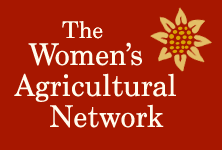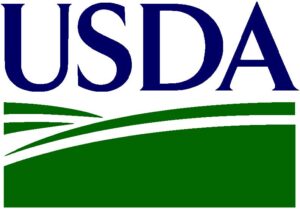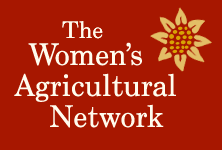The Senate version of the 2012 Farm Bill was finally passed on June 21, with votes on 73 of 200 proposed amendments. Despite the $6.7 billion cut to conservation programs and a $4.5 billion cut to SNAP over the next 10 years, Senate leadership was pleased with the bi-partisan cooperation.
Editor’s Note: Read on for a quick update on what’s next with the 2012 Farm from Ali (Alexandra) Zipparo, who works for UVM Extension in the New Farmer and
Women in Agriculture Network programs. She comes to UVM Extension with wide-ranging experience in Vermont agriculture and policy, including work with the Farm to Plate initiative and the Vermont Housing and Conservation Board’s Farm Viability program. Ali is passionate about agricultural policy issues, and will be providing updates about the 2012 Farm Bill and other agricultural matters over the next several months.
Some of the more notable amendments were a failed Sanders (I-VT) sponsored amendment to require GMO labeling, a passed Brown (D-OH) amendment for beginning farmers, Merkley’s (D-OR) passed amendment on insurance for organic farmers and two Wyden (D-OR) amendments that made it through- one on a Farm-to-School pilot program and another that focused on gleaning. The Senate version hit outreach for socially disadvantaged farmers especially hard, going from $20 million a year in funding to just $5 million. National Sustainable Agriculture Coalition says it will work hard on reversing that in the House version, with help from Rep. Baca of California.
For Vermont, the most notable achievement was an amendment that would discourage farmers from the current practice of increasing production when prices are down, and would provide them with an insurance alternative to promote supply reductions, thus stabilizing milk prices. The new insurance program is expected to help end the volatile nature of milk prices through supply management, rather than simply paying farmers for losses.
In terms of conservation funding cuts in the Senate bill, the Environmental Quality Incentives Program (EQIP) and Wildlife Habitat Incentives Program (WHIP) would be combined into one program, and see 8.7% in funding cuts. EQIP represented approximately 37% of Conservation Title funding for FY09-11 in New England, alone. The Wetlands Reserve Program (WRP), Grasslands Reserve Program (GRP), and Farm and Ranch Lands Protection Program (FRPP) would be combined into one easement program. FRPP and WRP represented approximately 32% of all Conservation Title funding in New England for FY09-11.
Nationally, the largest portion of conservation funding cuts would be seen in the Conservation Reserve Program (CRP), which represented roughly 20% of New England’s Conservation Title program funding for FY09-11. However the CRP Transitions Incentives Program (CRP-TIP) for beginning farmers was increased from $25 million to $50 million for the next five years. This program would offer two years of extra CRP rental payments to CRP land owners putting land back in production by renting or selling to beginning or socially disadvantaged farmers who will use sustainable grazing practices, resource-conserving cropping systems, or transition to organic production.
All conservation programs, thanks to a new amendment, will be available through a single application, easing the paperwork load on farmers. Finally, a Leahy amendment that passed will promote the agricultural land easement programs as a way to increase and ensure farm viability for the future.
What’s up next? The current Farm Bill expires September 30. The proposed 2012 legislation is now in the hands of the House, which is expected to release a draft by the end of this week, and begin marking it up on July 11. If all goes well, and the House cooperates in coming up with a final version, the 2012 Farm Bill could go to a vote by the end of the summer.
If the Farm Bill hits a snag in the House, a number of interim measures are possible, mostly in the form of current bill extensions, leading to a 2013 Farm Bill.
For up-to-date news and analysis, check back here or with the National Sustainable Agriculture’s website.







